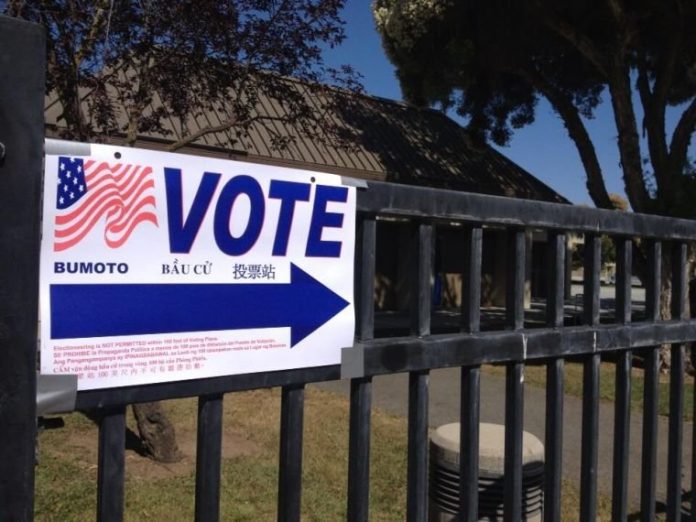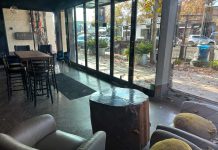
GILROY—Seven years after approving $150 million in bonds to fix aging schools, Gilroy voters would do it again, according to a new survey.
But while the sentiment for another bond measure appears strong enough for passage, the survey suggests voters don’t want the tax burden that comes with borrowing too much and that many want to know exactly what projects the bond money will fund.
If the school board opts for a ballot measure, it could come as soon as June 2016.
The telephone survey was conducted Aug. 7–11. Four hundred “likely voters” were asked questions to test the feasibility of a bond, according to Jon Isom of Isom Advisors, a financial advisor to the Gilroy Unified School District.
Isom called the results “very good.” First data indicate 62 percent of respondents support a general bond measure in the amount of $145.2 million and as many as 75 percent would vote for bonds to fund specific projects.
“Steer clear of unpopular projects,” he advised school board members during a presentation at their Sept. 3 meeting.
A school bond measure requires a minimum 55 percent yes vote for passage.
But the survey was not all good news, Isom said, noting less tolerance exists for a bond amount that would result in tax increases in the higher ranges.
For example, the survey discovered that voters are “tax rate sensitive” to bonds that would result in an increase of $54–$60 per $100,000 of assessed valuation. Those rates did not get approval from 55 percent of respondents.
Lower rates did. When asked if they’d support bonds with tax rates of $39 or $49 per $100,000 of assessed valuation, more than 55 percent said yes, and in the former case support was at 66 percent.
Isom also said the board must decide in which election to place the measure, that different types of voters turn out depending on the nature of the election.
But after reviewing survey results and the district’s demographics, Isom said, “I have a high level of confidence that this community would pass a bond whether we go [to voters] in June or November.”
June 2016 is a primary election while November is the general election, which includes the presidential election.
Isom said the next step is for district officials to begin an outreach effort to assess support for a bond measure among the community’s leaders and decision makers.
He recommended the board work toward a June election, which would mean the ballot wording must be delivered by March 11 to the Santa Clara County Registrar of Voters.
Schools superintendent Debbie Flores underscored that defining the district’s project needs is “critical” to the process.
She noted three in particular: a new elementary school and two middle schools that “need to be replaced.”
About one-third of respondents said they have never had children or grandchildren in Gilroy schools; 40 percent have them in school now and 25 percent have had them in Gilroy schools in the past.
As for the condition of Gilroy schools, 72 percent of respondents rated them fair or good, 9 percent said excellent, 7 percent said poor and 12 percent did not know.













